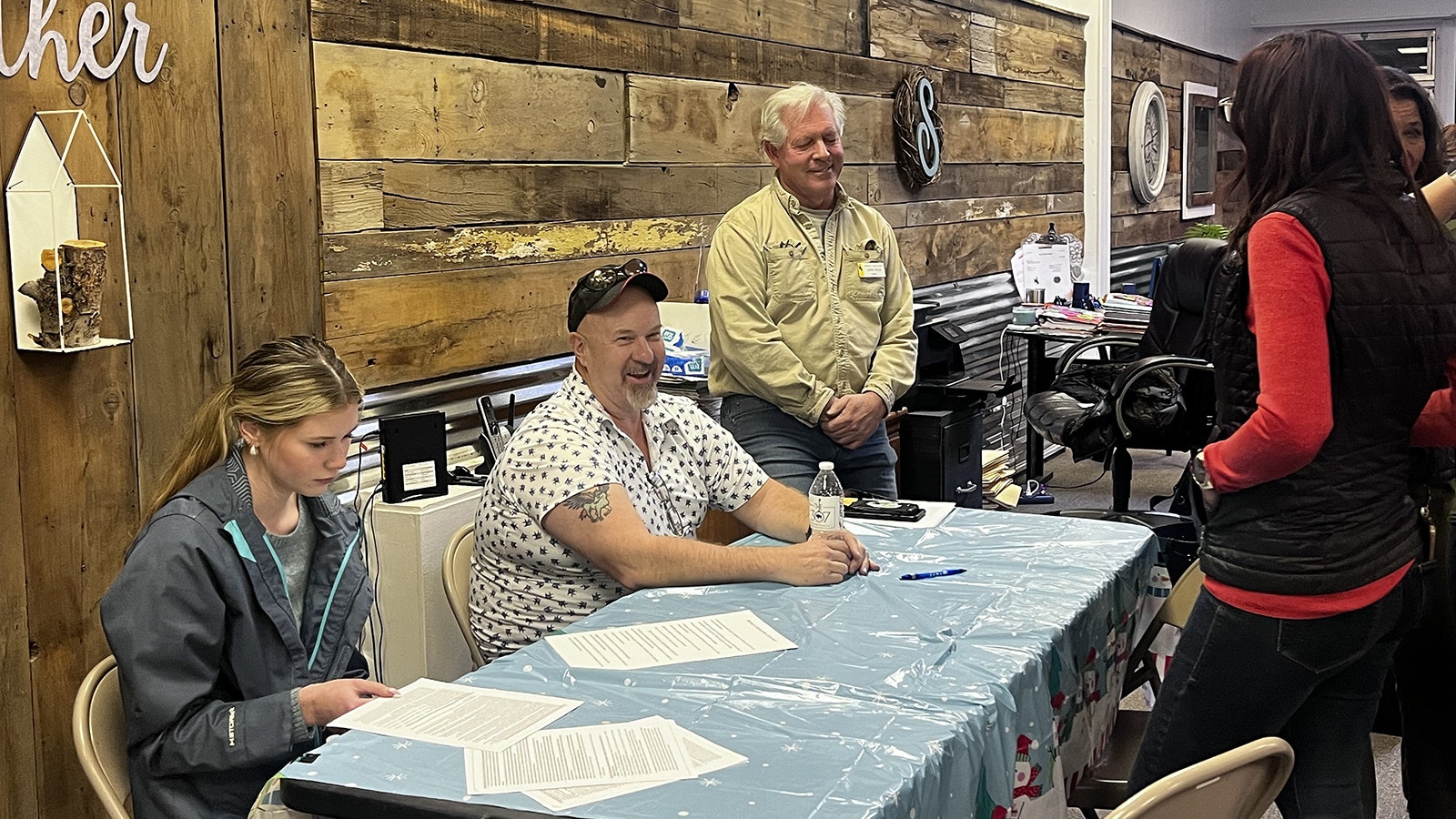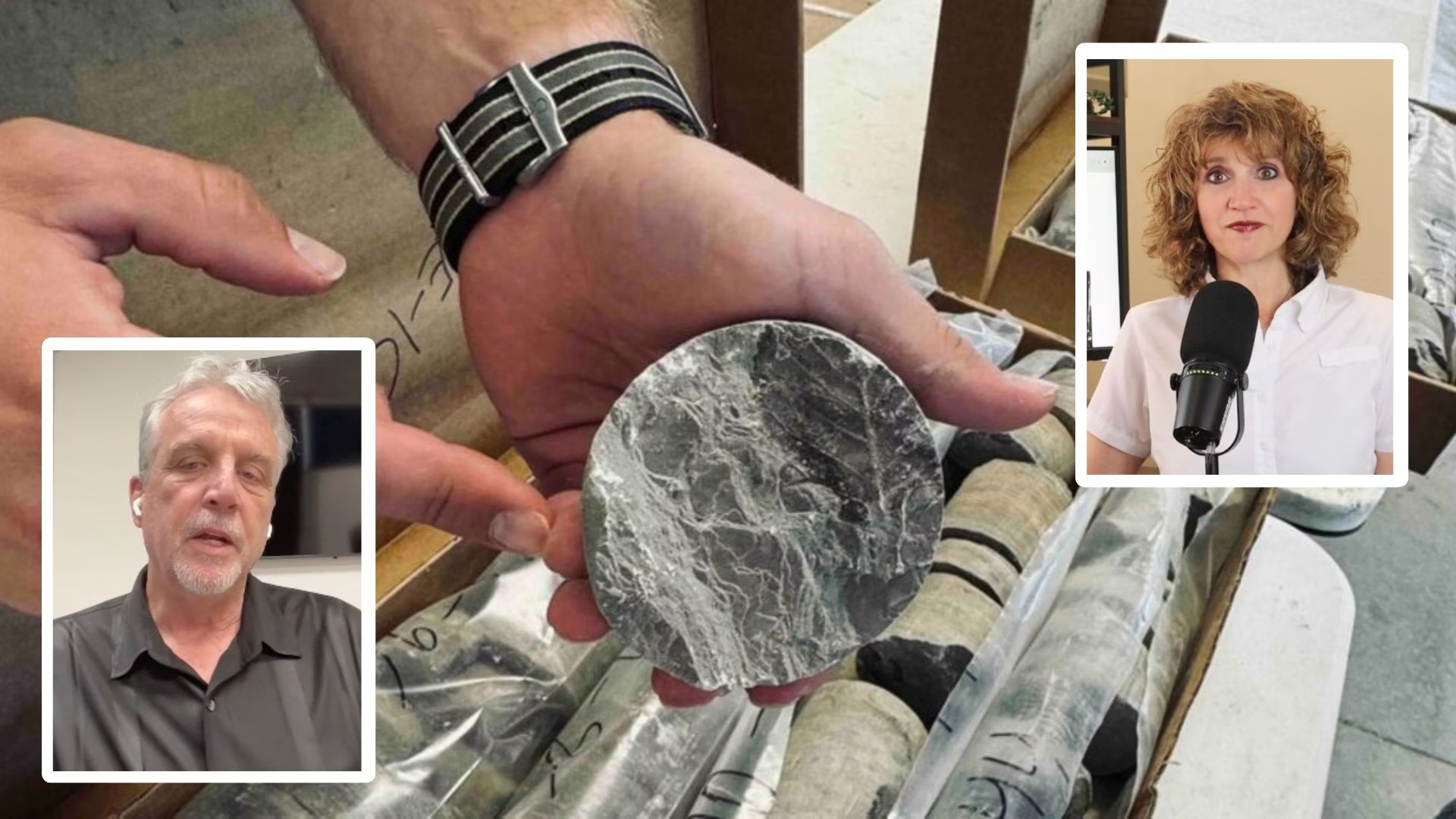ROCK SPRINGS — Concerned that Sweetwater County is going to lose access to 1.8 million acres of critical federal public lands, local officials held a workshop Monday to help residents formulate comments on the BLM’s draft Rock Springs Resource Management Plan.
Sweetwater County Commissioner Taylor Jones and Sen. Stacy Jones, R-Rock Springs, organized the workshop to make sure the public comments the BLM gets about the RMP by the Jan. 16 deadline are “substantive.”
“I think a lot of people have sent in letters that say things like, ‘I don’t like it because I can’t hunt,’ and the BLM won’t count that as a comment,” Stacy Jones said. “To be considered by the BLM the comments have to be substantive.”
‘It Affects Everything’
The controversial plan would impact half of the 3.6 million acres of public land the BLM’s Rock Springs office manages.
What has generated a storm of complaints is the Biden administration’s preferred Alternative B of the plan, which values conservation above most other considerations. That has many in the region and around Wyoming worried about losing public access to the land as well as using it for economic development.
Alternative B would designate much of the land as “areas of crucial environmental concern.” (ACEC), a 460% increase from the existing 286,450 acres currently designated ACEC.
The economic impact of this plan would devastate the county, Taylor Jones said.
“The more you read of this document, the more you realize how much it affects. It affects everything,” Taylor Jones said. “It affects everything from recreation to oil and gas development to mining, to tourism, future jobs, access to private lands, agriculture. It will completely wipe out our economy in Sweetwater County.”
Alternative A would leave things as they are. Alternative C is the opposite of B, leaning heavily toward energy development and multiple use. Alternative D would strike a balance between these extremes.
Leave It Alone
As far as most southwest Wyoming residents are concerned, the BLM should leave things as they are. Even Alternative D, which is meant to be somewhat of a compromise, is not acceptable for many in Rock Springs, who say they’re afraid it would set a precedent that would eventually lead to Alternative B.
“They’re throwing in Alternative D as a compromise so we compromise, but it will set a precedent and eventually it will expand and they are still taking away our freedoms and our liberties,” Marlene Brady, a Sweetwater County resident, told Cowboy State Daily.
Most of the people who attended the workshop didn’t like any of Alternative B, but had varied reasons as to what worries them the most.
If implemented, the plan would affect around 1,000 new mining jobs Stacy Jones said, and would also have a huge impact on the local tourism economy. In addition, Alternative B would wipe out all agriculture within Sweetwater County boundaries, she said.
Access
There were also residents there concerned about how the plan would eliminate off-road vehicle use that allows many elderly people to access wilderness areas they otherwise would not be able to.
“When they are cutting out 95% of the roads, that’s a problem, especially for the elderly many of whom can’t walk,” Sweetwater County resident Dell Brady said.
Under Alternative B, 2,352 miles of routes would be managed as open to vehicle use. About 67 miles of routes would be limited to nonmotorized use, and 4,505 miles closed to all use. About 10,000 miles would be removed from the transportation network and allowed to return to natural conditions.
Not Unanimous
Not everyone opposes Alternative B outright. Some said they would like to see a compromise between the Alternatives.
For Mark Kot of Rock Springs, Alternative B offers protections in the northern Red Desert he would like to see remain in the plan.
“The northern Red Desert has low potential for oil and gas, so what’s the incentive to develop in the Red Desert?” Kot asked. “It has low energy potential and high wildlife potential and cultural resource potential, so why don’t we look at that area for preserving those resources?
“Now if it had high potential for oil and gas, maybe it would be a different story, but there are areas in the county that do have high potential for oil and gas.”
Retired now, Kot was once the public lands planner for Sweetwater County and said he helped to work on the RMP documents during his career. He said he knows the area’s economy depends on future mining and energy development and is not against that.
“There are parts of all the alternatives that are good,” he said. “It just depends on your perspective and what you want to accomplish. We are an oil and gas energy rich, mineral rich economy. It’s our economy.
“And the value of my house and my ability to sell my house is dependent on the stability of those industries. So where there’s low potential for those industries, maybe there’s high potential to support wildlife, cultural resources, open space — the things for our children and grandchildren to enjoy.”
Final Push
The period to submit comments is open until Jan. 16. Once that closes, the BLM is expected to review all comments and consider them when drafting their final RMP.
People who have not submitted “substantive” comments during this time will not have another opportunity once the final version is issued, Stacy Jones said. The BLM will consider what comments it gets, not how many.
Taylor and Stacy Jones are planning to host one more workshop after New Year’s and encourage anyone who has not yet submitted comments to do so as soon as possible.
“This is the only way the BLM has given us to have a voice in this process,” Stacy Jones said. “This is our only opportunity and if we don’t exercise that right, we will not be able to do anything once that final RMP is completed.”





